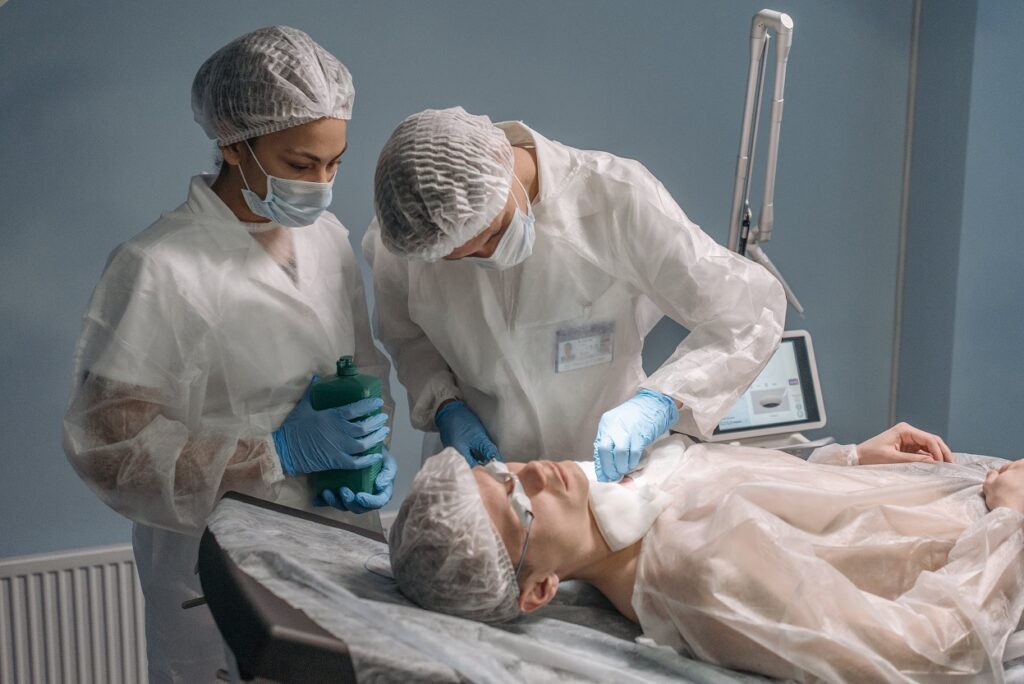Whether you already have your laser eye surgery booked and paid for and are excitedly dreaming ahead of the day when you’ll no longer have to search for your glasses in your purse every time you want to read the menu at a restaurant, or you’re simply doing some research into the treatment, you’ve come to the right place. Here’s a detailed guide to laser eye surgery and after care after the operation.
What Are the Key Benefits?
Once you’re aware of the supreme range of benefits of opting to have laser eye surgery in one or both of your eyes, you’ll likely be far more likely to book yourself in for a free, no-obligation initial consultation.
Such core advantages of laser eye surgery include the following, to name just a few:
- A risk-adverse and incredibly safe procedure.
- The operation itself takes under fifteen minutes to complete.
- Impressive results.
- A quick recovery time.
- Freedom from the need to wear contact lenses and/or glasses.
Before Your Surgery
Once you’ve decided that you too would like to benefit from laser eye surgery, you’ll be booked in for an initial evaluation to check your suitability and so you can get a feel for the entire process from start to finish.
You’ll likely be advised to stop wearing contact lenses for up to four weeks before your first consultation and will be asked about your medical eye history, as well as if you’re currently taking any prescription medications on a daily basis.
This consultation will also give you the opportunity to ask any questions that you have regarding the operation and you’ll likely be given information booklets and other literature that you should read and understand in its entirety.
The Surgery Itself
SMILE surgery Adelaide is one of the leading eye surgeries which has consistently and vastly improved results in patients who either always need glasses while driving or can’t read a newspaper without their contact lenses, and the sheer number of positive patient reviews definitely speak for themselves.
During the operation itself, you’ll be instructed to lie down on a reclining chair in a comfortable position, before your eye surgeon will place numbing drops into your eyes, then use a small device to ensure your eyelids are held far back enough for the surgery to take place.
Usually, the surgeon will then make a tiny incision into the cornea and use this small flap to position the laser directly where the flap meets the light before beginning the treatment. Obviously, you won’t be able to feel anything in and around your eye area and will be awake and still be able to see (to varying degrees of clarity) throughout.
Once the pulses of the laser have completed their job, your doctor will then place a protective shield over your eye to protect the area while your eye naturally recovers, as the slit in the cornea will repair itself quickly and fully.






